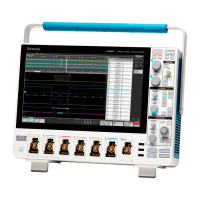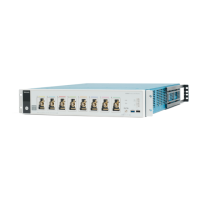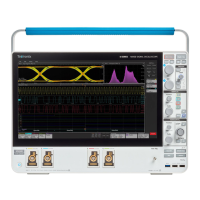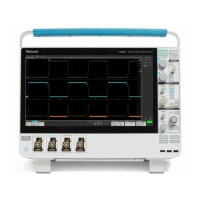Waveform acquisition
Acquisition concepts
The Acquisition system sets which data points are used to acquire waveforms.
Acquisition hardware
Before a signal is displayed, it must pass through the input channel where it is scaled and digitized. Each channel has a dedicated input
amplifier and digitizer
. Each channel produces a stream of digital data from which the instrument extracts waveform records.
Sampling process
Acquisition is the process of sampling an analog signal, converting it into digital data, and assembling it into a waveform record, which is
then stored in acquisition memory.
Real-Time sampling
In real-time sampling, the instrument digitizes all of the points it acquires using one trigger event. Use real-time sampling to capture
single-shot or transient events.
Interpolated Real-Time sampling
In interpolated real-time sampling, the instrument digitizes all of the points it acquires using one trigger event. If the instrument cannot
acquire enough samples for a complete waveform at the maximum real-time sample rate, it interpolates. Use interpolated real-time
sampling to capture single-shot or transient events.
W
aveform record
The instrument builds the waveform record through use of the following parameters:
• Sample interval: The time between sample points.
• Record length: The number of samples required to fill a waveform record.
• Trigger point: The zero time reference in a waveform record.
• Horizontal position: When horizontal delay is off, the horizontal position is a percentage of the waveform record between 0 and 99.9
percent. The trigger point and the horizontal reference are at the same time in the waveform record. For example, if the horizontal
Waveform acquisition
2 Series MSO MSO24 and MSO22 233
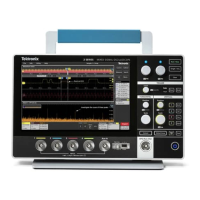
